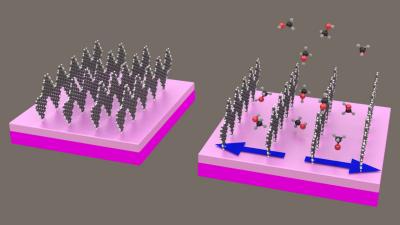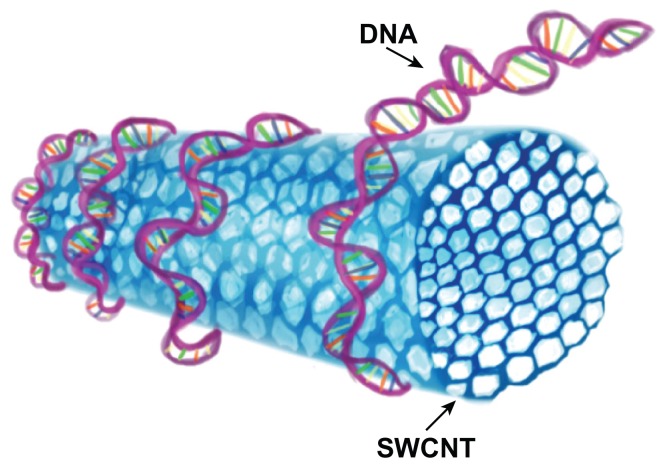Self-assembly kinetics in self-assembled biomolecular nanostructures (PhD in nano-microelectronics)
Researcher and author: Dr. ( Afshin Rashid)
Note: Within the particle structure of nanobiosensors, nanostructures are usually organized using local assembly rules that are in order; They produce with a long range . Because these rules can take into account the current structure and condition of the cell, they can group complexes, organs, or skeletal structures around existing cell components to form integrated architectures.
Although many methods have been developed for the fabrication of self-assembled biomolecular nanostructures . A small number of them can be designed to assemble structures whose shape depends on the identity and organization of the structures that already exist in the environment. DNA nanotubes can be grown to connect pairs of molecular markers with different separation distances and relative orientations. DNA tile nanotubes form at these points of view and grow as their free ends disperse. The nanotubes can then be joined end-to-end to create stable connections, and unbound nanotubes can be selectively melted. The joints between the marked pairs are separated at more than 1 to 10 μm in more than 75% of cases and can form a surface or three dimensions. This point-to-point assembly process shows how the kinetics of the assembly itself can be designed to produce structures with the desired property instead of a specific shape.
Analyzers, sensors, converters and detectors are components of the nanosensor system, and feedback from the detector reaches the nanosensor. Sensitivity, specificity and ease of implementation are the main goals in designing a nanosensor. Nanosensors usually work by monitoring electrical changes in sensor materials. For example, nanosensors based on carbon nanotubes work this way. When a molecule of nitrogen dioxide (NO 2 ) is present, it removes an electron from the nanotube, which in turn makes the nanotube less conductive. If ammonia (NO 3 ) is present, it reacts with water vapor and donates an electron to the carbon nanotube, conducting it. By treating nanotubes with different coating materials, they can be made sensitive to certain molecules and protected from others. Like chemical nanosensors, mechanical nanosensors tend to measure electrical changes.
Conclusion :
Within the particle structure of nano-biosensors, nanostructures are usually organized using local assembly rules that order; They produce with a long range . Because these rules can take into account the current structure and condition of the cell, they can group complexes, organs, or skeletal structures around existing cell components to form integrated architectures.
Researcher and author: Dr. ( Afshin Rashid)
PhD in Nano-Microelectronics




